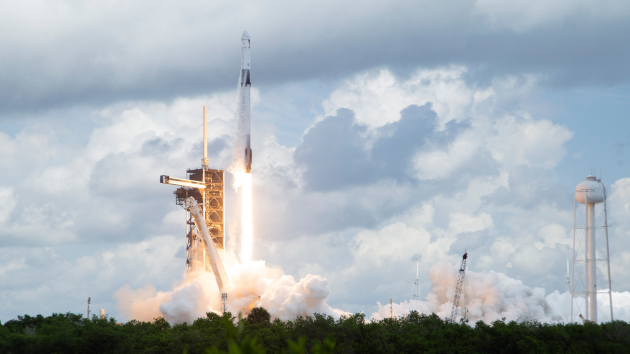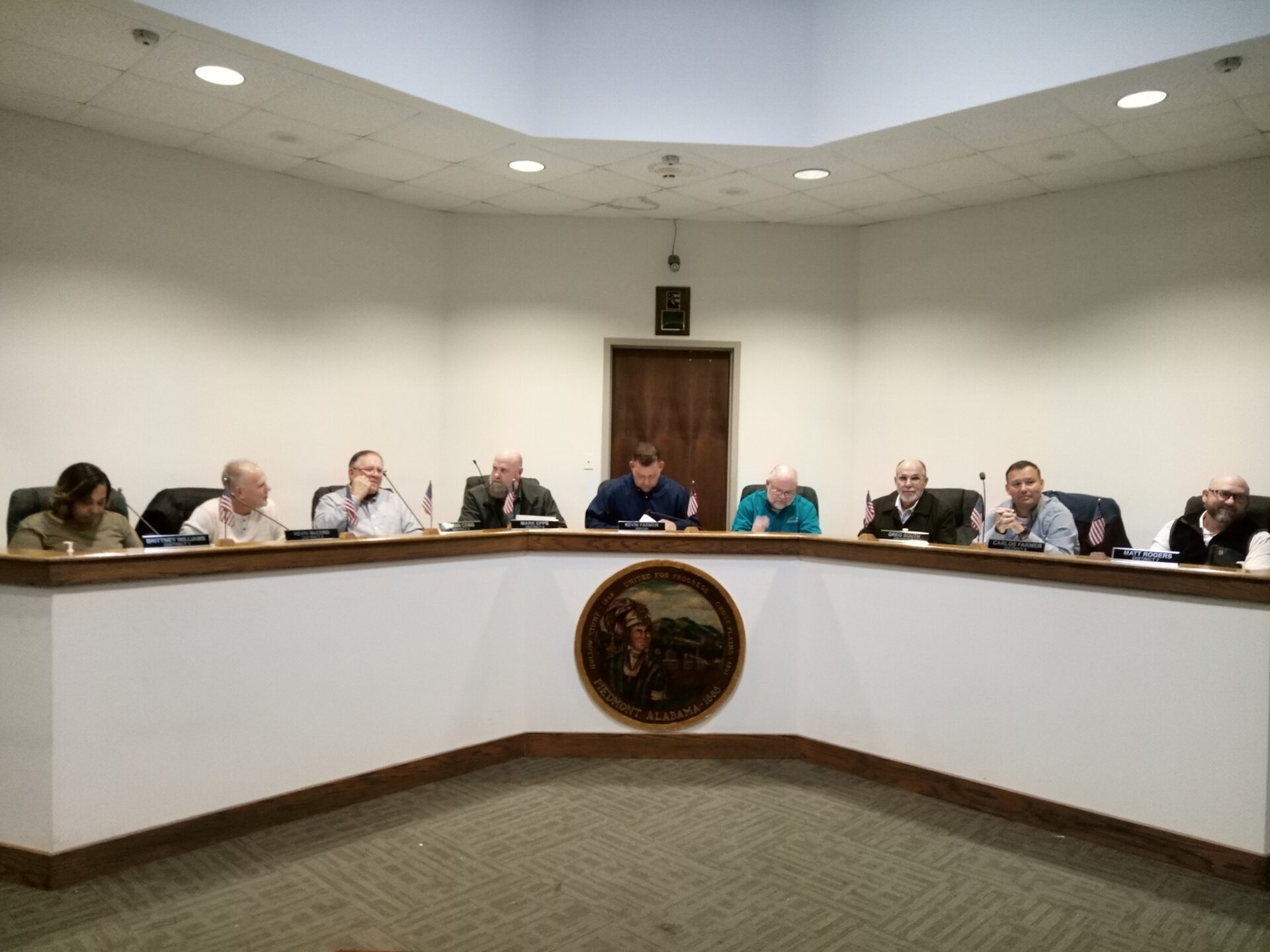
(NEW YORK) — SpaceX’s Starship is about to face its 10th test flight following explosions on previous launches.
SpaceX CEO Elon Musk has promised that the world’s most powerful rocket and spacecraft will one day take humans to Mars and beyond. But leading up to its 10th launch, scheduled for Sunday at 7:30 p.m. ET, Starship has yet to achieve all its mission goals. And the last three flight tests, plus a static engine test in June, ended in explosions.
“We now have serious questions whether the architecture of Starship is in fact feasible or not,” said Olivier de Weck, the Apollo Program professor of Astronautics and Engineering Systems at MIT and editor-in-chief of the Journal of Spacecraft and Rockets. “I’m much, much less concerned about the Super Heavy booster. But the upper stage, the Starship itself, I’m starting to have some serious doubts about whether they’ll be able to make it work. Certainly, with the payload that they have in mind.”
Starship’s 10th flight test will lift off from SpaceX’s Starbase launch site in the Rio Grande Valley of Texas. The company has yet to successfully launch and land the stainless-steel spacecraft, which is being engineered to be fully reusable and would be able to carry up to 100 people to deep space destinations.
Can Musk achieve his vision?
During a presentation in May, Musk shared his vision for how Starship will eventually make humans multiplanetary, something he said is necessary to ensure the survival of humanity.
“Progress is measured by the timeline to establishing a self-sustaining civilization on Mars. That’s how we’re gauging our progress here at Starbase,” Musk said. “Rapidly reusable reliable rockets is the key.”
De Weck agrees that aiming for a human presence on Mars is a worthwhile endeavor, but he thinks it will take decades to land astronauts on the Mars surface and return them to Earth. He said while Starship’s Super Heavy booster, the first stage that lifts the spacecraft into orbit, has been “pretty successful,” he questions the design of the Starship itself, and its ability to carry humans into space safely.
De Weck said the company is facing challenges with convergence, an engineering concept where the goal is for all the vehicle’s systems to function correctly together.
“Convergence means that with every test, every launch you do, the prior problems that you saw on the prior launch have been addressed,” explained de Weck. “The problem that SpaceX has right now with Starship is every launch that they do, yes, they address the battles, so to speak, from the prior launch, but now the fix that they made causes new problems that didn’t show up on the prior launch.”
De Weck described the process as playing “Whac-A-Mole,” where each fix causes new problems that weren’t an issue in earlier configurations. This has been a challenge for the company in previous test flights.
Musk has acknowledged the challenges of his endeavor, writing on X that “There is a reason no fully reusable rocket has been built – it’s an insanely hard problem. Moreover, it must be rapidly & completely reusable (like an airplane). This is the only way to make life multiplanetary.”
Problems with previous test flights
In mid-June, a Starship exploded on the launch pad during a pre-flight engine test.
SpaceX determined that “the vehicle was in the process of loading cryogenic propellant for a six-engine static fire when a sudden energetic event resulted in the complete loss of Starship and damage to the immediate area surrounding the stand.” An analysis by the company found that the likely cause was the failure of a pressurized tank that stores gaseous nitrogen for the ship’s environmental control system, which triggered the explosion.
That explosion occurred less than a month after test flight nine ended prematurely when the “Starship experienced a rapid unscheduled disassembly” due to several mechanical failures minutes into the flight, according to SpaceX.
The company also lost the first stage heavy booster during the test after it appeared to explode while splashing down in the Gulf. SpaceX blames “higher than predicted forces on the booster structure” for the loss.
Test flight eight in March ended after what SpaceX described as a “hardware failure” with one of the upper-stage Raptor engines, leading to fuel igniting where it shouldn’t have. The company believes the vehicle then automatically self-destructed. Debris was spotted across South Florida and the Atlantic, prompting temporary ground stops at nearby airports.
A similar failure occurred in January 2025 during Startship’s seventh flight test when stronger-than-expected vibrations caused a propellant leak, explosion and the loss of the spacecraft.
In a post-incident report, SpaceX said it has made “hardware and operational changes” to improve the reliability of Starship and the Super Heavy booster during the next mission.
“Each launch is about learning more and more about what’s needed to make life multiplanetary and to improve Starship to the point where it can be taking ultimately hundreds of thousands, if not millions, of people to Mars,” Musk said during his address in May.
Can ‘agile engineering’ solve Starship’s challenges?
SpaceX has achieved significant technical milestones with each flight test, however. The company returned the Super Heavy booster to Earth on two occasions, catching it with giant robotic “chopsticks” attached to the launch tower and reused one of them from a previous launch. Flight test nine also demonstrated the vehicle’s suborbital trajectory by reaching suborbital space before mechanical failures ended the mission. And with each subsequent mission, SpaceX makes upgrades and changes to the booster and spacecraft based on the learnings.
Despite the setbacks, the company’s test schedule has remained aggressive, with launches often just months apart. That pace is central to SpaceX’s iterative engineering process, which de Weck describes as “rapid prototyping or agile engineering.”
“We’ll find problems, we’ll test it rapidly, and we’ll fix it as we go. And we gradually approach a perfect product. That does not work as well for safety-critical systems and where the cost of failure is high,” de Weck said.
For flight ten, de Weck says the most important thing to watch is what happens after booster separation during the midstage of the mission.
“I want to see a proper ignition of those engines, the Raptor engines on the upper stage, and then a coasting phase, a cruise phase without any explosions, premature engine shutdowns, and just a relatively clean reentry,” he said.
Even with another mid-phase failure, however, de Weck doesn’t believe that SpaceX would end the program or go back to the drawing board for a new design.
“I think they’re going to keep going at least until 15, 16, 17 flights. I don’t see them abandoning anything before 20 flights,” de Weck said.
As for Musk, his vision is a day when SpaceX is manufacturing two to three Starships a day and sending Starships to the Moon and Mars on a daily, if not hourly basis.
“We could be out there among the stars making science fiction no longer fiction,” said Musk.
Copyright © 2025, ABC Audio. All rights reserved.


